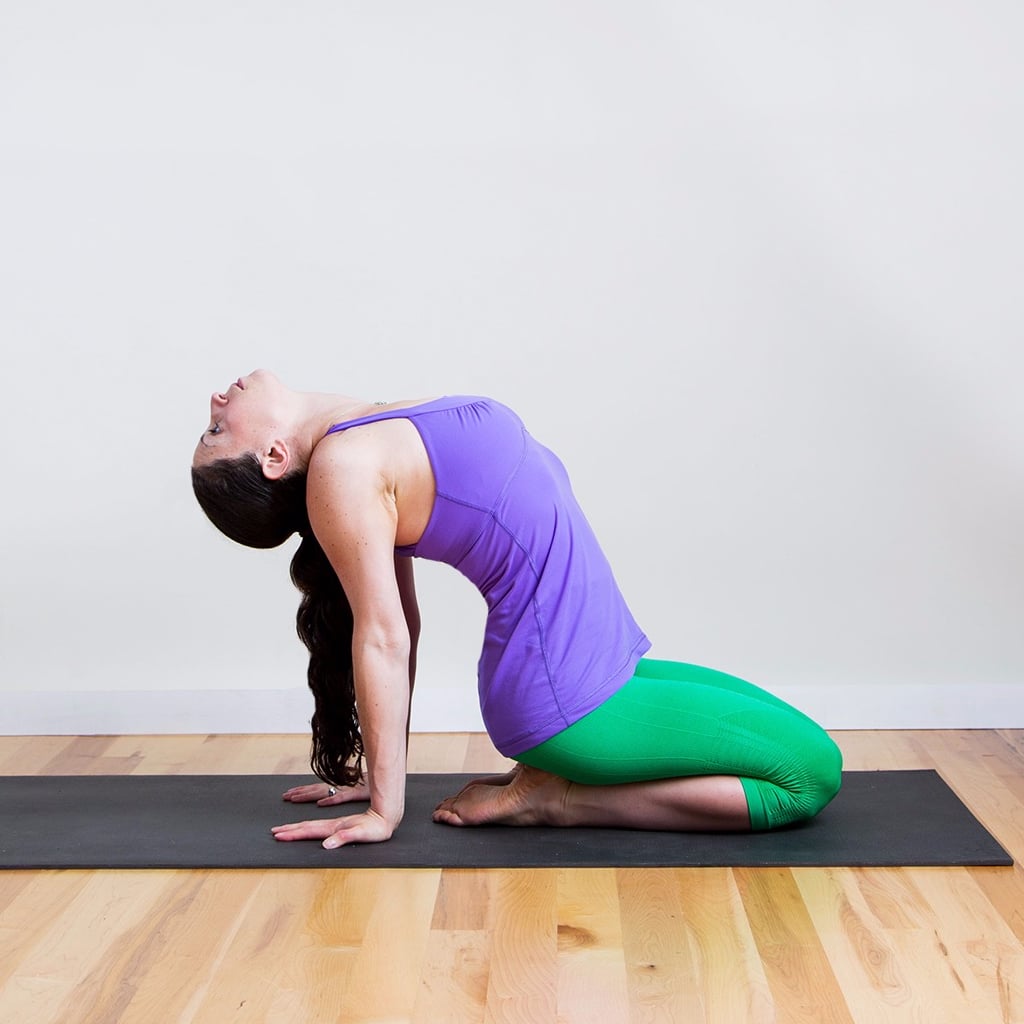
Yoga can be a great way for you to relax, improve the quality of your respiratory system, and overall improve your well-being, regardless of whether you have asthma yourself or someone in your family. The benefits of yoga for asthma are numerous and include better sleep, improved posture, increased breath control, reduced stress and enhanced respiratory health.
A few of the yoga poses that are good for asthma include: Baddhakonasana, Cobra pose and butterfly pose. These poses increase blood flow and stretch the chest. They can be used to relieve fatigue and stress. They are great for those suffering from asthma or sinusitis.
The balancing posture is another pose that may help with asthma. This pose is great to practice every morning because it will help improve your lung function. This pose is great for stress relief and anxiety. This pose is great for meditation. The balancing pose is a great pose for people who suffer from asthma because it relaxes your entire body and puts you into a meditative state.
Yoga for asthma: It's important to start slow. If you have never tried yoga, it's a good idea to start with a simple yoga class and work your way up. It's also a good idea to talk to a qualified yoga teacher and learn about different techniques. It's a smart idea to talk with your doctor about any medication you may be taking before you attempt yoga. If your asthma symptoms are getting worse, you may want to see a specialist.

FAQ
Are yoga mats necessary?
Not necessarily. Many studios offer mats for students. These mats, which are often made of rubber, are easy to clean.
You might also consider purchasing your mat. You will have a good mat for many years.
What are the best kinds of yoga mats to use?
There are many different types of yoga rugs available. Consider the size, price, and longevity of your choice when choosing a yoga mat.
A good quality mat will be thick enough to protect your floor surface from scratches but thin enough to move quickly.
Cheap mats may not offer enough support.
How many types of yoga are there?
Bikram Yoga (Bikram Heated) is the most popular form of yoga. Other forms include Hatha, Ashtanga, Vinyasa, Iyengar, Kundalini, Yin, Power Yoga, Flow Yoga, Reiki, Pilates, Restorative, Aerial, etc.
What are the differences between Hatha and Ashtanga, Vinyasa Power Yoga, Power Yogas, Kripalu, Bikram, Power Yogas, Vinyasa and Power Yogas? ?
There are so many types of yoga out there. Each has its own unique way of achieving balance in life.
Some of the most sought-after forms of yoga are:
Hatha: This involves stretching out and focusing on core strength and flexibility.
Ashtanga: This practice focuses on slow-paced movements to build strength and stamina.
Vinyasa Yoga - This type allows you deepen your breathing by incorporating fast-flowing sequences.
Power - Power yoga is a form of power that involves more challenging moves.
Kripla – One of the oldest forms if yoga that dates back thousands upon thousands of years.
Bikram-This type of yoga can only be done in heated areas.
What are some of the health benefits that yoga has for you?
Yoga is an ancient tradition that originated in India. Hindu monks developed it over several centuries as a way to improve physical fitness and mental well-being. Many people practice yoga to relax and relieve stress. Some people believe that they can increase their flexibility and strength through yoga.
Yoga can also improve balance and coordination. This makes it an excellent exercise for older adults who wish to remain active. It can help you avoid injuries due to falls or other causes.
Yoga is good to your heart because it strengthens you cardiovascular system. If you are overweight, have high bloodpressure, or have diabetes, yoga can be a great option.
Yoga has been shown to help reduce stress, anxiety depression, insomnia, and other symptoms. These conditions often lead to chronic pain, so practicing yoga may be especially beneficial for those with arthritis and fibromyalgia.
As you age, your muscles lose some of their elasticity. But yoga keeps your muscles flexible and strong. Yoga can give you more energy and stamina with age.
According to The National Institute on Aging yoga regularly has been shown in studies to reduce symptoms of depression like fatigue and feelings of hopelessness. According to the Institute, yoga can reduce cholesterol and increase bone mass.
Yoga can also help with headaches and back pain. Yoga's slow pace and gentle movements make it particularly effective for reducing muscle spasms and strains.
Does yoga make me look like a hunk?
No! No, you won't look like a Hollywood celebrity after doing yoga. You'll appear leaner, stronger and more flexible after practicing yoga.
Statistics
- About one in seven U.S. adults practiced yoga in the past 12 months, according to a 2017 national survey. (nccih.nih.gov)
- The American Psychological Association recently shared that 84% of American adults feel the impact of prolonged stress (5). (healthline.com)
- In comparison, a 125-pound person is estimated to burn 135 calories in 30 minutes of walking (at a pace of 15-minute miles) and 210 calories bicycling at a moderate pace on a stationary bike. (everydayhealth.com)
- The people in the yoga group were 37 percent more likely to have quit smoking by the end of the 8-week program. (nccih.nih.gov)
- According to calorie estimates calculated at Harvard Medical School, the average 125-pound person burns about 120 calories in a half hour of hatha yoga, and a 185-pound person burns about 178 calories in that half hour. (everydayhealth.com)
External Links
How To
Is yoga a good option for menopause symptoms?
Yoga is an ancient practice that originated in India and focuses on stretching, breathing, and meditation. It has been used for thousands of years to keep fit. It has gained popularity as people search for alternatives to staying healthy and active in stressful situations.
Yoga is about using physical positions (asanas), to strengthen muscles, improve posture, and increase flexibility. This helps relieve tension as well as build strength and stamina.
There are several types of yoga. Each type is focused on different aspects of the human body, such relaxation, breath, stretching, or breathing.
All forms of yoga have the same goal: to restore balance within the body as well as the mind. Yoga benefits include better fitness, better sleep quality as well weight loss.
Several studies have shown that yoga may be beneficial for treating conditions such as depression, anxiety, and insomnia. There is not much evidence to support its effectiveness in treating other health conditions, such as those related to menopause.
As well as helping you feel healthier and happier, yoga teaches you how to relax and manage stressful situations - skills that could be helpful when dealing with menopause.
It is important to note that yoga can cause muscle soreness after exercise, so starting at a low-intensity level is wise. You should consult your doctor if there are any concerns regarding your medical condition.